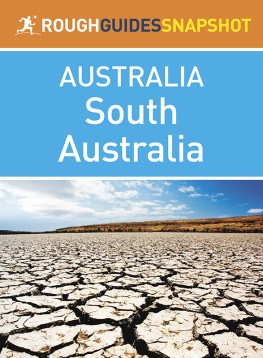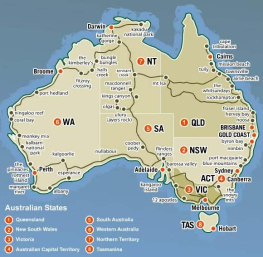
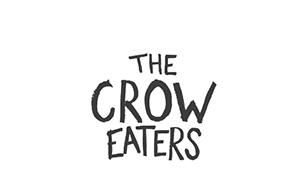
BEN STUBBS is a senior lecturer in journalism and writing at the University of South Australia. He worked as a journalist and travel writer for 15 years in Australia and overseas for publications such as The New York Times, The Guardian, The Toronto Star, The Sydney Morning Herald and Rough Guides. He has also published two books since 2012 on travel writing and immersive journalism. He lives in the Adelaide Hills.

A NewSouth book
Published by
NewSouth Publishing
University of New South Wales Press Ltd
University of New South Wales
Sydney NSW 2052
AUSTRALIA
newsouthpublishing.com
Ben Stubbs 2019
First published 2019
This book is copyright. Apart from any fair dealing for the purpose of private study, research, criticism or review, as permitted under the Copyright Act , no part of this book may be reproduced by any process without written permission. Inquiries should be addressed to the publisher.
ISBN: 9781742236315 (paperback)
9781742244563 (ebook)
9781742249032 (ePDF)

A catalogue record for this book is available from the National Library of Australia
Design Josephine Pajor-Markus
Cover design Luke Causby, Blue Cork
Cover image (crow) gettyimages, bulentgultek
Aboriginal and Torres Straight Islander readers should be aware that this book may contain mention of people who have died.
All reasonable efforts were taken to obtain permission to use copyright material reproduced in this book, but in some cases copyright could not be traced. The author welcomes information in this regard.

CONTENTS
For Laura, Dante and Frankie and the place we call home.
ACKNOWLEDGMENTS
I never intended to write this book. The more time I spent in South Australia, though, the more my curiosity to look closer at the place where I live, persisted. Thank you to the many people who encouraged, advised, talked with me and revealed their own stories of South Australia during my time on the road.
Firstly, thank you to Arts South Australia for recognising the potential in my idea and helping me fund the early trips. To my agent Lyn Tranter for her relentless drive throughout the process, to Fiona Sim for her astute editing and to Phillipa McGuinness and Paul OBeirne at NewSouth for their support, expert advice and for making me feel part of the family from the first day.
In South Australia Im grateful for the assistance of many people who gave me a place to stay, some of their time or shared a ride with me along the way: Sam Vincent, Debby Clee, Wayne Borrett, Robin Matthews, Liz Reed, Pamela Rajkowski, Andrew Fox, Paul Polacco, the May family, Al Walton and his family, Cherie Gerlach, Nick McIntyre, Jill Freear, Sarah Diekman, Dave Willson, Arthur Coulthard, Ross and Jane Fargher, Kate Hannon, Trevor Wright, Kym and Jo Fort, Sam Stewart, Dave Natrass, Ruth Roberts, Clacker John, Mary and Bill, Royce Kurmelovs, Glenn Docherty, Antonio Caruso, Merrilyn Ades, Ron Hoenig, Klee Beneviste and Sheikh Haitham.
In particular, Id like to acknowledge the support of Ian Richards not only for reading the manuscript and giving me sage advice when I needed it, but also for imploring me to stick with it when the going got tough. To my parents, Phil and Sue, for their continuing encouragement as always, and finally to Laura, for everything said and unsaid along the way, I couldnt do it without you by my side.
An early version of Chapter 3, Maralinga, was published in The New York Times. And an edited version of Chapter 5, The Camel men of South Australia, appeared in the Griffith Review.

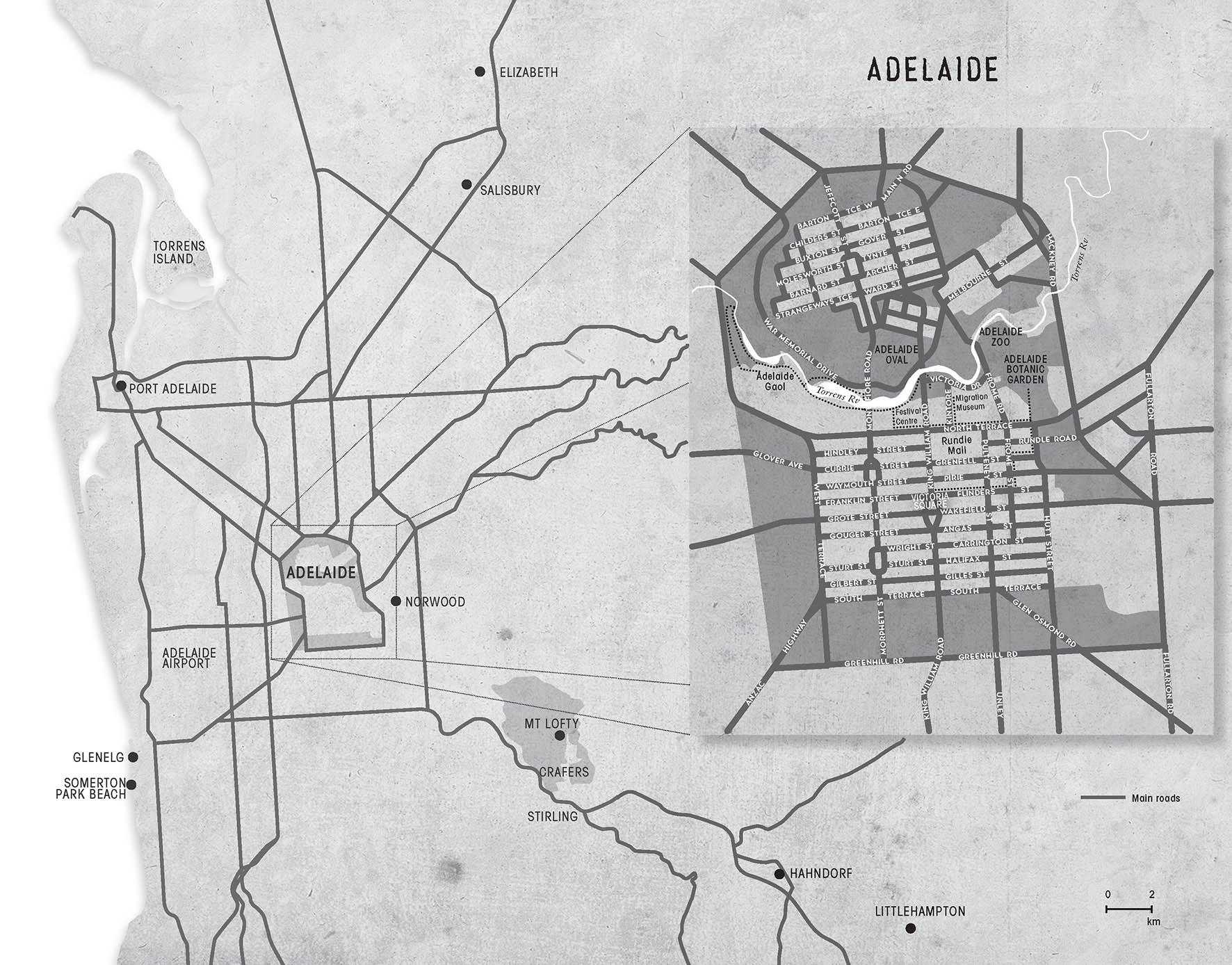
CHAPTER 1
A BEGINNING

O Arcadian Adelaide, may you improve may your people prosper, and be happy, in order that they may remain in their own Village, and inflict themselves less on the outside world.
Thistle Anderson, Arcadian Adelaide (1905)
South Australia often sits happily on the periphery of Australian understanding out of sight and out of mind. Outsiders are often aware that the settlers here werent convicts, that eight bodies were found in barrels in a Snowtown bank vault and that the wine is nice, though for a state that is larger in area than all but 30 countries in the world nearly twice the size of Spain and three times larger than Italy it is confounding that so many of South Australias other stories remain on the edges.
The idea that South Australia is a place not worth ones time goes back to the early 20th century. Thistle Anderson was a local poet, actor and satirist when she wrote a 40-page pamphlet, Arcadian Adelaide, to shine a light on the dullness of South Australia. She remarked that in 1905 the world was in the tumultuous grip of a Russian revolution, the Russo-Japanese war which claimed hundreds of thousands of lives, the Moroccan crisis which pre-empted the First World War, and the discovery of Einsteins Theory of Relativity, yet the only notable occurrence in Adelaide, according to the states yearbook, was the opening of South Australias first kindergarten. Thistle was the nom de plume of Mrs Herbert Fisher of North Adelaide, who had had enough of the nothingness of the City of Churches. So this educated woman, originally from Scotland, took the genteel city to task for its inability to shift the status quo, to get some blood pumping in its veins. She chastised Adelaide and wrote that it was a place only remarkable for drunks and plain women, yet she also apolo-gised to the broader public for the poor quality of the states wine at the time. Thistle wondered if the main industry in Adelaide was child-bearing, though she was also curious whether the Almighty Himself would approve of the perpetuation of some of the Village family-trees in Adelaides suburbs that were becoming alarmingly inbred. She thought the best thing about Adelaide was that you could buy a ticket to Melbourne at the railway station to get out as quickly as you could.
Thistle lit something of a fire under the backsides of the previously polite Adelaideans. She was scorned from all sides; critics told her to quit books for babies and that a little knowledge was a dangerous thing, especially for a woman. The broadside Thistle launched at the South Australian public also brought widespread praise for her wit and sledge-hammer like force in waking up people. Shortly after her pamphlets release, Thistle left Adelaide for San Francisco and she never returned, though what her writing did was to get people from within South Australia and around the country to take notice of Adelaide, to talk about the state, to defend the city and to offer their own stories and experiences to show it as something more than a dull capital of booze and large families.
Next page
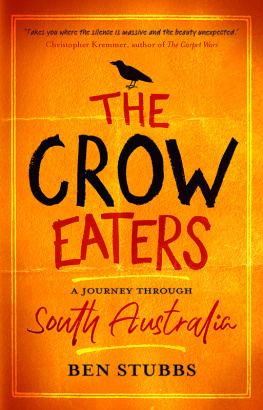
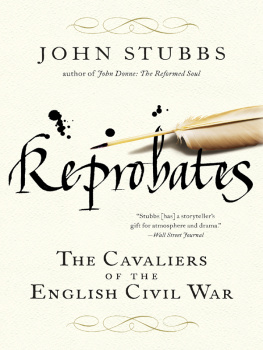

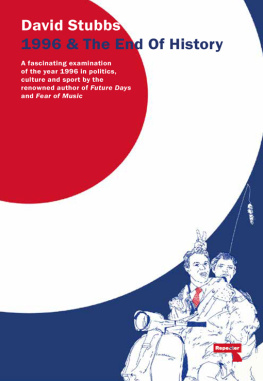

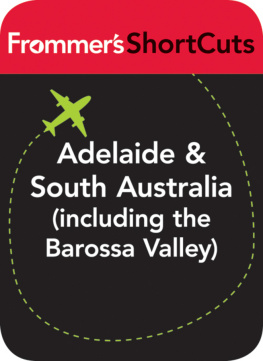
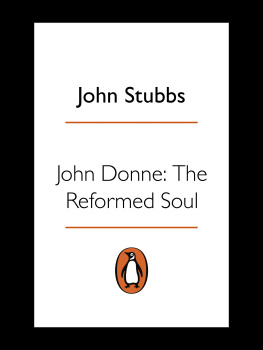
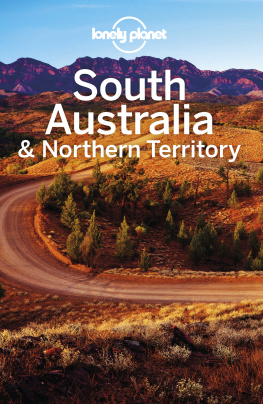
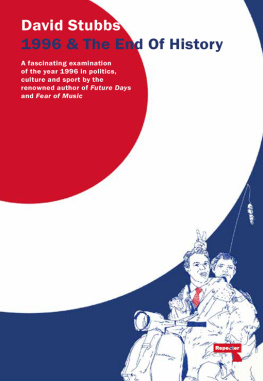
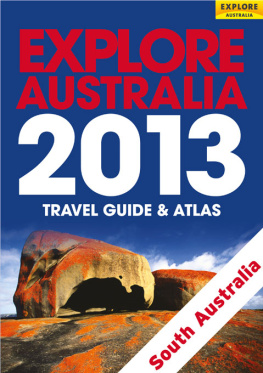
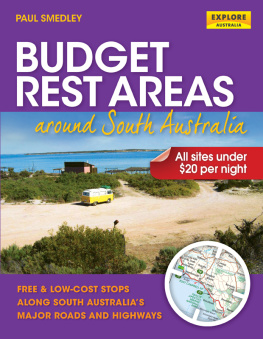
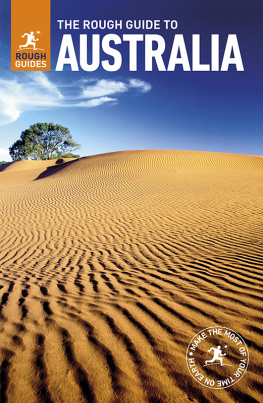
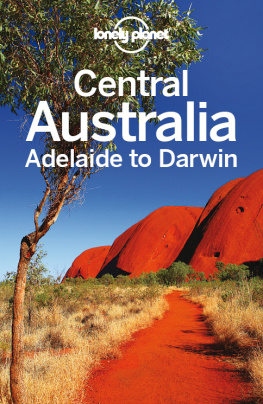
![Sophie Green [Sophie Green] - Potkin and Stubbs](/uploads/posts/book/141434/thumbs/sophie-green-sophie-green-potkin-and-stubbs.jpg)
